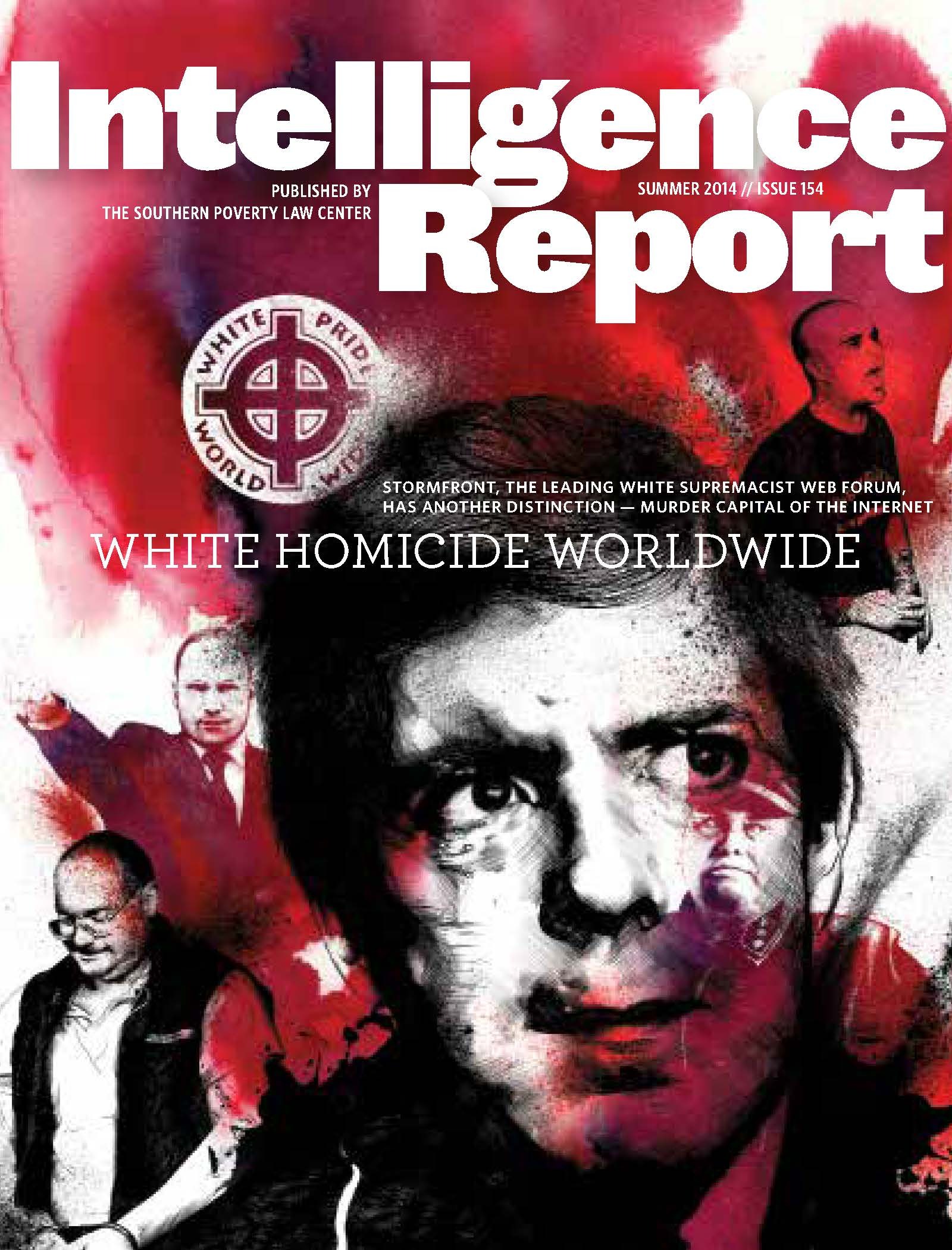When neo-Nazi Frazier Glenn Cross stormed on to the grounds of two Jewish institutions in Kansas and allegedly shot three strangers to death in April, it was only the latest reminder that the United States faces its own homegrown terrorists.
When neo-Nazi Frazier Glenn Cross stormed on to the grounds of two Jewish institutions in Kansas and allegedly shot three strangers to death in April, it was only the latest reminder that the United States faces its own homegrown terrorists.
Although the news coverage implied that this was a uniquely horrific attack, the reality is that it was one of a long, ugly series in recent years. Other known neo-Nazis murdered a guard at the U.S. Holocaust Museum, killed six Sikhs in a Wisconsin temple, tried to slaughter hundreds in a Martin Luther King Jr. Day parade in Spokane, Wash., gunned down black people near Boston, and more.
The Overland Park, Kan., rampage, whose victims ironically all turned out to be Christians, came just six days before the 19th anniversary of Timothy McVeigh’s bombing of the Oklahoma City federal building, another grim reminder of the savagery of the government-hating radical right. That bomb stole away the lives of 168 Americans, including 19 small children in a day care center.
Like Cross, McVeigh was one of ours. Although many rushed to declare that the 1995 bombing bore all the hallmarks of an attack by foreign Muslim jihadists, they were quickly shown to be completely wrong. McVeigh was a U.S.-born white man, what the Ku Klux Klan of old liked to call a “100% American,” and he was not alone. According to the New America Foundation, domestic right-wing extremists have slain 34 people in the United States for political reasons since 9/11, while terrorists motivated by Al Qaeda’s ideology have killed 21. That’s not to diminish the jihadist threat, but merely to point out that there are others, too.
For a moment after the Oklahoma City bombing, it seemed the lesson was learned. Law enforcement officials, many of whom had been skeptical of the whole notion of domestic terrorists, came to see that there was a dangerous underbelly to American society, a world of radical-right activists who were willing to kill. Plot after plot was dismantled as the militia movement coursed through the country. But then came the Al Qaeda attacks of Sept. 11, 2001, and it appeared that the lesson had once again been lost.
Despite McVeigh, Cross and all the other compelling evidence of the threat from the domestic radical right, the Department of Homeland Security, tasked with developing intelligence about such perils, seems to have taken its eye off the ball. Since 2009, when then-DHS Secretary Janet Napolitano pulled back a DHS report that soberly assessed the threat because certain conservatives were offended by its perfectly accurate observations, the DHS unit that once handled analysis of domestic non-Islamic terrorism has been gutted. Most members quit the agency, disgusted by Napolitano’s political cowardice and their own shabby treatment.
The work that DHS used to do is needed. As the Southern Poverty Law Center has documented, the last five years have seen an enormous expansion of the radical right, largely driven by the demographic “browning” of the population and predictions of the loss of a white majority in the next 30 years. Anger at the dramatic changes occurring in our society is real, and it is steeped in blood.
One thing DHS might consider examining is the role of the Internet in breeding men like Frazier Glenn Cross. As pointed out by Jeffrey Simon, a scholar of so-called “lone wolf” terrorism, all today’s lone terrorists need is provided by the Internet, where both technical information about bombs and other weapons is freely available, and where a chorus of moral support can be found.
In this issue, our investigative cover story, some two years in the making, explores the role of an enormous racist Web forum called Stormfront that is run by a former Alabama Klan leader named Don Black. It found that in the last five years alone — since the election of the nation’s first black president — registered members of Stormfront (an incredible 286,000 people, though many are inactive) have been responsible for the murders of close to 100 people.
The killers had certain commonalities. They were frustrated, unemployed white men living with their mothers or an estranged spouse or girlfriend. And they typically posted for years before beginning to kill, drawing sustenance and support from their fellow racists and anti-Semites.
Cross, too, was nurtured by the Internet — in his case, by a rival neo-Nazi Web forum known as Vanguard News Network. In recent years, the former North Carolina Klan leader posted there more than 12,000 times.
These forums cannot be banned or shut down under American free speech doctrines. But they can provide a rich font of information about those racists and anti-Semites who seek to make change at the point of a gun. It is even conceivable that early clues about forum posters’ violent plans may be found.
The threat from the homegrown white supremacist movement in America is real. We shouldn’t need yet another bloodbath to face that sobering reality, much as many on the political right would like to deny it. Men like Frazier Glenn Cross, who once plotted to assassinate SPLC co-founder Morris Dees because the civil rights group had sued him for racist harassment, make that only too plain. s



